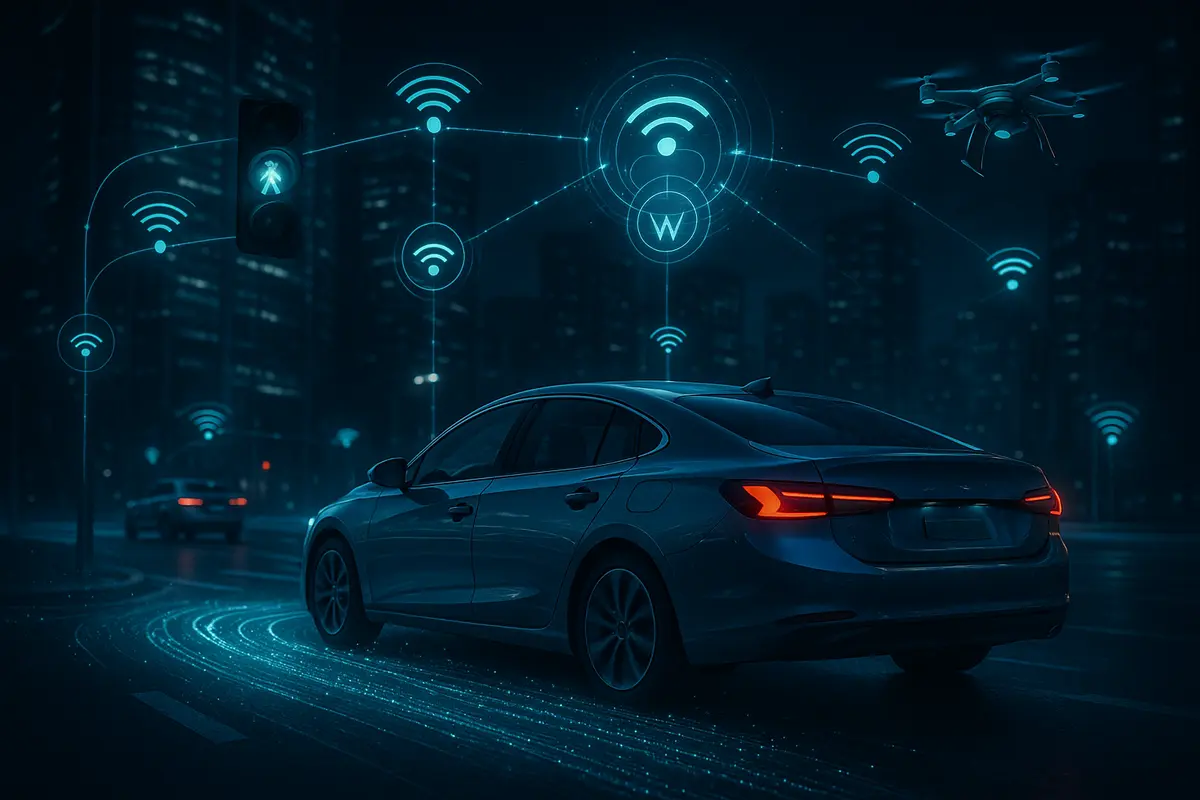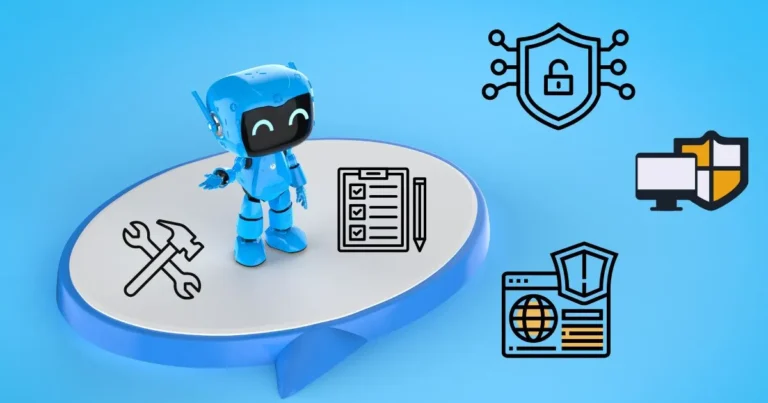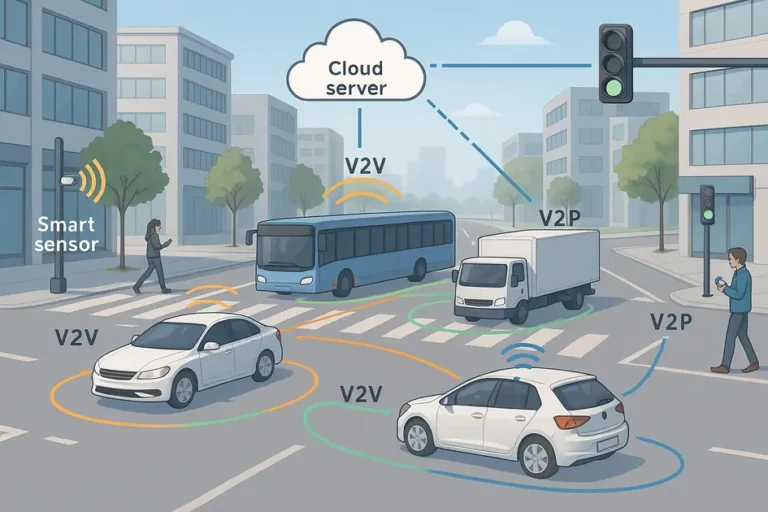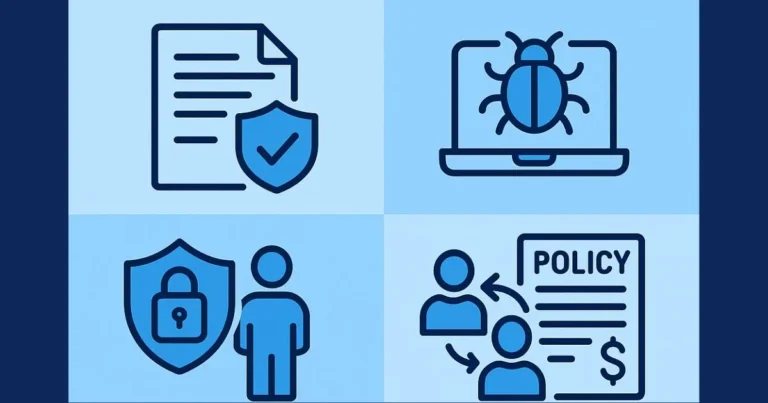Driving the Future: How the Internet of Vehicles Is Transforming Smart Mobility
Imagine driving through city streets where your car not only navigates traffic for you but also talks to nearby vehicles to avoid potential collisions. Welcome to the world of the Internet of Vehicles (IoV)—a technological shift that’s redefining how you experience driving. Whether you’re a tech enthusiast, a fleet operator, or just someone who appreciates smart innovation, understanding how IoV works is essential to staying ahead in an increasingly connected world.
Table of Contents
What Is the Internet of Vehicles (IoV)?
The Internet of Vehicles refers to the network of smart vehicles that communicate with each other, road infrastructure, cloud systems, and even pedestrians. Think of it as the Internet of Things (IoT), but specifically designed for mobility. Instead of just being a machine, your vehicle becomes an intelligent, data-powered platform.
Key Technologies Powering IoV
Several groundbreaking technologies drive the IoV ecosystem:
- 5G Connectivity: Enables ultra-fast, low-latency communication.
- Vehicle-to-Vehicle (V2V) & Vehicle-to-Infrastructure (V2I): Allows real-time sharing of speed, location, and intent.
- AI and Machine Learning: Predict and respond to conditions instantly.
- Edge computing enables real-time decisions by analyzing data directly within the vehicle instead of relying on distant servers.
| Technology | Function |
|---|---|
| 5G | Real-time data transmission |
| V2X Protocols | Interaction with cars, traffic lights, etc. |
| AI & ML | Decision-making and predictions |
| Telematics | Collects driving and vehicle performance data |
Real-World Applications of Smart Vehicles
Smart vehicles are no longer a futuristic concept—they’re already changing your daily commute and logistics.
Everyday Use for You as a Driver
- Adaptive cruise control and lane assist
- Real-time navigation that adjusts for traffic patterns
- Your car can now notify you about low tire pressure, upcoming maintenance, or signs that you might be too tired to drive safely.
Commercial Fleet Benefits
- Optimized routes that save time and fuel
- Live diagnostics to reduce maintenance downtime
- Enhanced safety records and insurance savings
According to McKinsey, IoV tech could cut fleet operating costs by up to 20%.
IoV and Cybersecurity: Why You Should Care
As your car becomes more connected, it also becomes more vulnerable. Like any connected device, a smart vehicle is a potential target for cyber threats.
The Biggest Cyber Risks in IoV
- Remote Hijacking: Attackers taking control over the internet
- Data Theft: Hackers stealing location and driving behavior data
- Malware: Corrupting vehicle software systems
How You Can Stay Protected
- Keep your car’s software updated
- Avoid public Wi-Fi or suspicious apps in smart dashboards
- Make sure the car you drive is built by a manufacturer that prioritizes robust cybersecurity in its connected systems.
| Threat Type | Impact | Mitigation |
|---|---|---|
| Hijacking | Loss of control | Encryption and authentication |
| Data breaches | Personal info exposed | Firewalls and secure cloud storage |
| System failures | Disabled safety functions | Real-time monitoring systems |
Benefits of the Internet of Vehicles
Let’s break down the direct advantages you gain from smart vehicles:
For Individuals Like You:
- Increased safety through predictive alerts
- Lower fuel and repair costs
- Personalized driving experience
For Cities and Infrastructure:
- Smarter traffic management
- Cleaner air through optimized driving
- Real-time data for better urban planning
Key Barriers That Need to Be Overcome for IoV to Thrive
Even with its incredible promise, the Internet of Vehicles still has a few bumps on the road to widespread adoption:
- Limited infrastructure in rural areas
- Expensive deployment and maintenance
- Legal liability in autonomous driving accidents
- Lack of standardization across manufacturers
Governments and private sectors are working hard to address these challenges through regulation, incentives, and tech development.
How the Future of Driving Will Evolve with the Internet of Vehicles
In the next few years, expect to see deeper integration of vehicles with smart homes and cities. Your car might sync with your home assistant, schedule appointments, or even suggest healthier routes. As AI grows more adaptive, your vehicle will do more than just respond—it will learn from your behavior and anticipate your needs.
Frequently Asked Questions (FAQ)
Curious About What the Internet of Vehicles Actually Is? Here’s What You Should Know.
The Internet of Vehicles is a network of interconnected vehicles that communicate with each other and infrastructure to improve safety, efficiency, and user experience.
Is my car at risk of being hacked?
If it’s a connected vehicle, there’s always some level of risk. But manufacturers now implement strong cybersecurity measures like encrypted data, OTA updates, and firewalls.
What are the main benefits of IoV?
You gain better safety, faster commutes, and real-time vehicle monitoring. Businesses benefit from cost savings and operational efficiency.
Do I need a new car to use IoV features?
Not necessarily. Many IoV features are available via add-ons like GPS trackers, telematics devices, and smartphone apps.
Can smart vehicles function without an internet connection?
While some features like lane assist or parking sensors work offline, most IoV systems—including real-time traffic updates, remote diagnostics, and over-the-air updates—require an internet connection to function at their best.
How does the Internet of Vehicles affect your personal data privacy?
Smart vehicles often gather information such as your routes, driving patterns, and even onboard activity. That’s why selecting a connected car with clear data practices and strong privacy safeguards is essential to protect your personal information.
Conclusion: Drive Smarter, Live Safer
The Internet of Vehicles isn’t just a convenience—it’s a transformation of mobility. It empowers you to drive safer, cleaner, and more efficiently while opening doors to an intelligent transport system. As you continue to adopt these technologies, remember: the road ahead is connected, and you’re in the driver’s seat.
🔗 Ready to Take Control of Your Smart Car’s Security?
The Internet of Vehicles brings innovation, but it also opens the door to new digital threats. Don’t let your data or your vehicle become an easy target.
👉 Explore our complete Smart Car Cybersecurity Guide 2025 to learn how to protect your connected car, avoid cyberattacks, and drive with total confidence.
➡️ Visit the guide now and stay one step ahead in the world of smart mobility.





